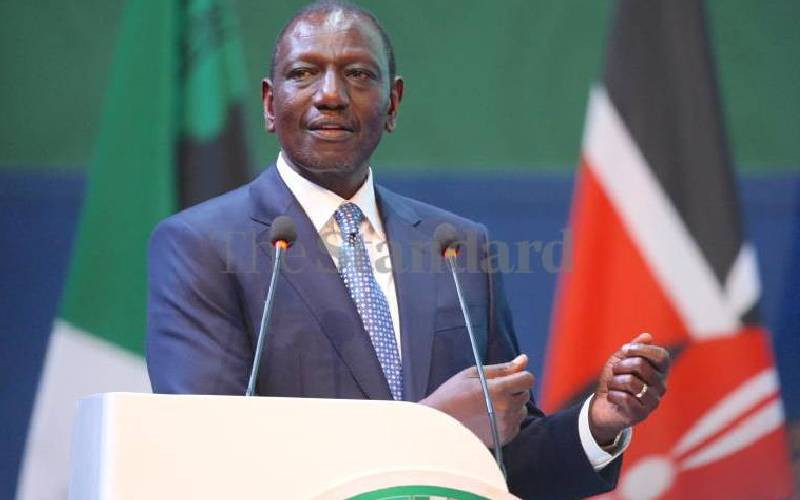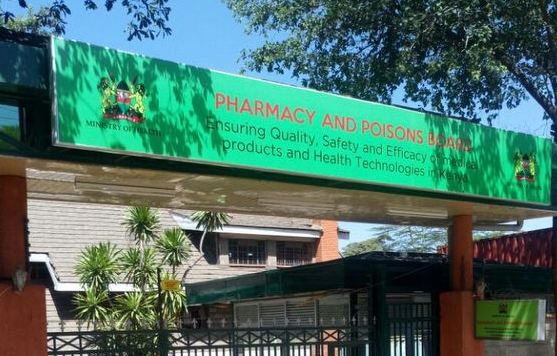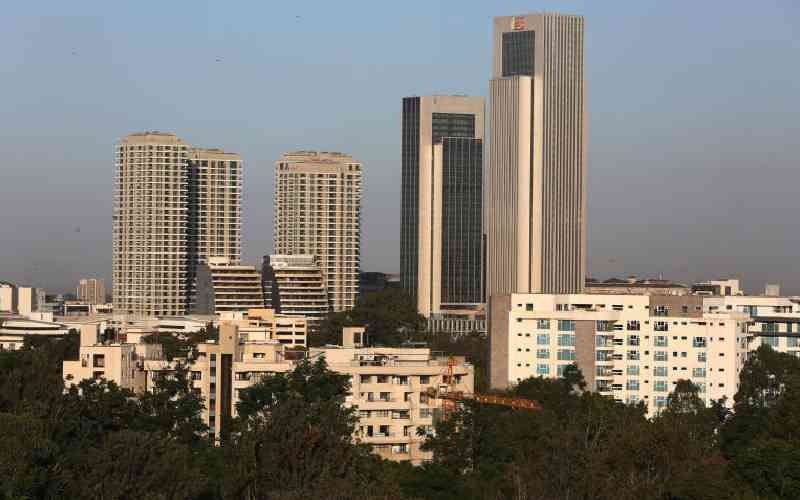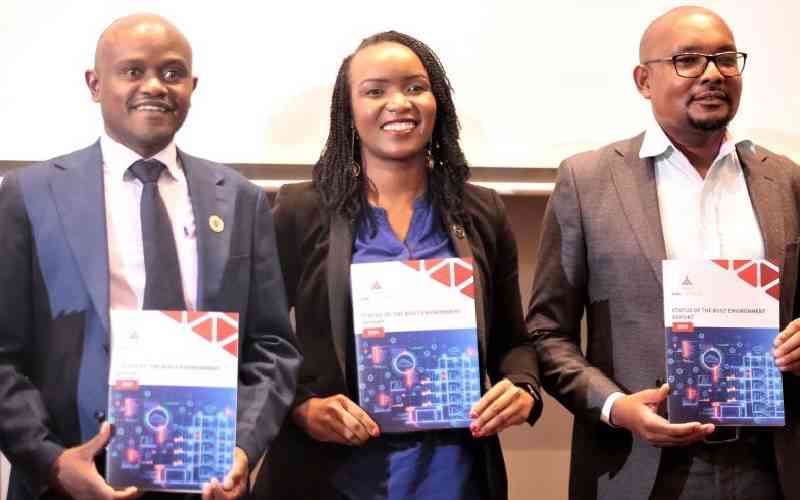
New research says there is still room for more home loans in the market, even as data shows a drop in the ratio of mortgages to total credit.
The research by the Kenya Mortgage Refinance Company (KMRC) which analysed the Annual Bank Supervision Report by the Central Bank of Kenya (CBK) notes that this room for growth exists in lower-tier financial institutions. These lower-tier banks happen to have similarly lower mortgage to total loans ratio with one of them having quit the market altogether. This is in comparison to top-tier banks.
The research dubbed, State of the Banking Mortgage Market 2023, details that 80 per cent of the mortgages in the market are concentrated in the top seven banks. In 2022 this figure was 78 per cent.
KCB Bank leads with 31 per cent of the total mortgage loans followed by 12 per cent for Stanbic Bank cent and HFC with nine per cent.
NCBA and Standard Chartered each hold eight per cent, Absa Bank has seven per cent while Co-operative Bank, Equity Bank, and Family Bank have a five per cent share each. “In contrast, the lower tiers of the market are more fragmented but exemplify the market’s diverse nature,” the research says. The research notes that the share of mortgage loans to total loans steadily contracted to 6.7 per cent in 2023 from 7.2 per cent the previous year. HFC Bank by its business model around housing, has the highest ratio of mortgages to total loans at 51.2 per cent followed by Development Bank of Kenya Ltd at 26 per cent and Gulf African Bank Ltd at 13.4 per cent.
“In contrast, banks like Equity Bank Ltd and I&M Bank Ltd exhibit lower ratios, three and two per cent respectively indicating a more diversified loan portfolio,” the research says. “This variance highlights differing strategic orientations within the sector, where some banks prioritise mortgage lending as a core activity while others maintain a broader lending focus.”
In 2023, there were 30,015 mortgages in the market which is a growth from 27,786 in 2022. However, the KMRC research shows the country’s mortgage depth slightly declined.
Home ownership
KMRC which CBK regulates was incorporated by the government back in 2018 and launched in 2019 to increase home ownership through single-digit mortgages.
During the launch, it was envisioned by former President Uhuru Kenyatta that the institution would grow the number of mortgages to 60,000 by 2022. “The mortgage-to-GDP ratio - an aggregate gauge of the importance of the mortgage finance market relative to total economic activity slightly declined from 1.94 per cent in 2022 to 1.86 per cent in 2023, indicating that mortgage growth has not kept pace with overall economic growth,” reads the research.
The highest mortgage-to-GDP ratio in the last decade was 2.95 per cent recorded in 2015 and the figure has been dropping since.
Back then, in 2015, the ratio of mortgages to total industry loans was nine per cent which grew to 10 per cent in 2016 when the interest rates dropped from 18.7 per cent to 13.5 per cent. KMRC notes that notwithstanding the mortgage market concentration around the seven institutions, significant growth in the (mortgage) portfolio is evident across the primary mortgage lenders.
It cites Credit Bank which registered growth of 153 per cent in 2023 followed by Prime Bank (93 per cent), and Premier Bank (74 per cent). Others are NCBA (31 per cent), Ecobank (17 per cent), Diamond Trust Bank or DTB (13 per cent), Absa (13 per cent) HFC (11 per cent), KCB (11 per cent), Family (seven per cent), and I&M (seven per cent).
“These market growth dynamics suggest that there is significant room for growth in the mortgage market, particularly among medium and smaller banks that currently have a minimal share,” reads the KMRC research.
“Conversely, Spire Bank has experienced a dramatic contraction, with a staggering 100 per cent contraction, indicating a complete withdrawal from the mortgage market.”
Sidian Bank is another institution whose mortgage-to-loan ratio is low represented as zero per cent. DTB, Prime Bank, African Banking Corporation, Victoria Commercial Bank, and Middle East Bank Ltd all have a mortgage-to-total loans ratio of one per cent each.
National Bank of Kenya has a mortgage-to-total loan ratio of two per cent similar to Bank of India, and I&M Bank while Kingdom Bank, Guardian Bank, Paramount Bank, SBM Bank (Kenya), and Equity Bank Ltd have a mortgage-to-total loan ratio of three per cent.
In 2023, the size of non-performing loans (NPLs) increased to Sh40.8 billion from Sh37.8 billion. At the bank level, the research says, 14 banks have a mortgage NPL ratio higher than the average industry mortgage NPL ratio. “Kingdom Bank has the highest mortgage NPL to gross loans ratio at 73 per cent, followed by African Banking Corporation Ltd at 68 per cent,” the research says.
 The Standard Group Plc is a multi-media organization with investments in media platforms spanning newspaper print
operations, television, radio broadcasting, digital and online services. The Standard Group is recognized as a
leading multi-media house in Kenya with a key influence in matters of national and international interest.
The Standard Group Plc is a multi-media organization with investments in media platforms spanning newspaper print
operations, television, radio broadcasting, digital and online services. The Standard Group is recognized as a
leading multi-media house in Kenya with a key influence in matters of national and international interest.











